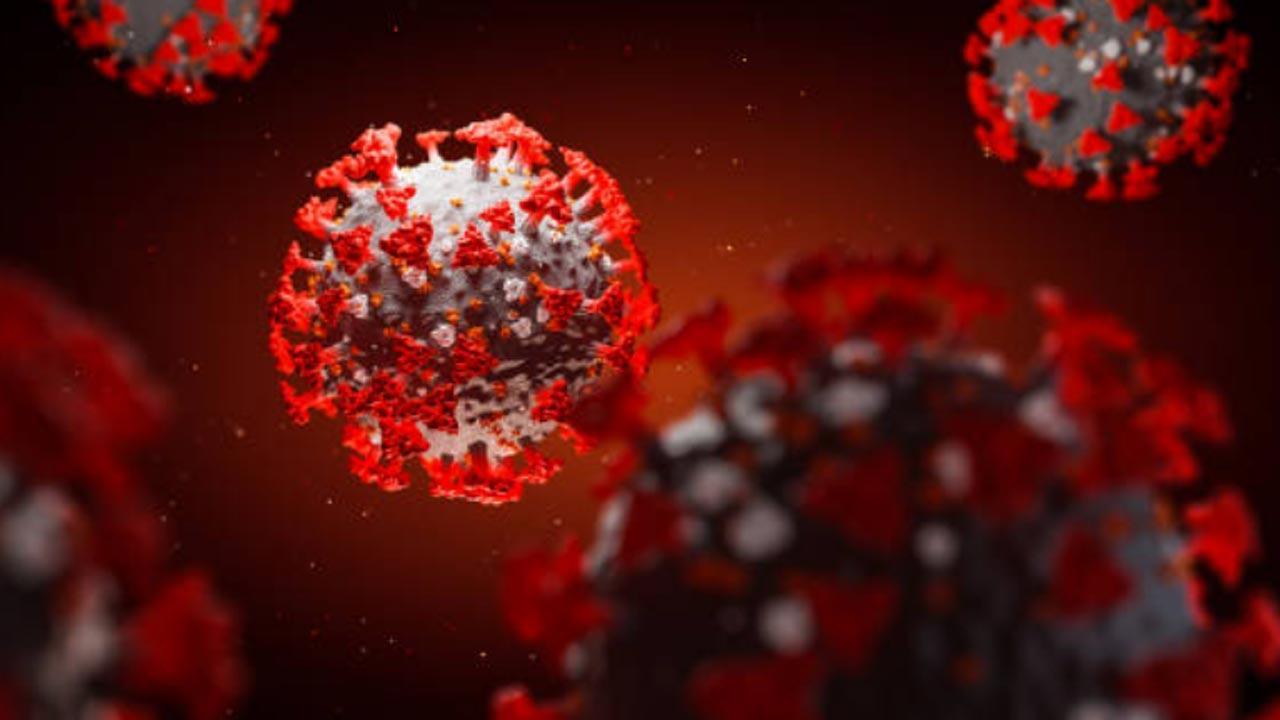Rare diseases, by definition, afflict a small number of individuals in a population. In the vast population of India, rare diseases are often overlooked, and a silent struggle persists surrounding the diagnosis and treatment of rare diseases

Image for representational purposes only. Photo Courtesy: iStock
A major obstacle to effectively combating rare diseases in India is the lack of awareness and inadequate diagnosis in the country, according to a report on Friday.
In November 2023, the Union Health Ministry authorised the sale of four generic medications for the treatment of rare diseases. This approval was a significant milestone in the fight against rare diseases in India. These approved indigenous products, along with other products yet to be approved, will aid patients suffering from rare diseases.
However, low awareness and diagnosis is a matter of concern, revealed the report by GlobalData, a data and analytics company.
The four approved medications are used to treat Wilson's disease, Gaucher's disease, Tyrosinemia Type I and Dravet-Lennox Gastaut syndrome.
Earlier, these therapies were imported to India and would cost Rs 18-36 million (US$ 0.22- 0.44 million) for annual treatment of Gaucher's disease alone.
With this approval, patients with rare diseases can now access the therapy at a significantly reduced cost of Rs 0.3-0.6 million (US$ 0.0037- 0.0073 million), which is 100 times less than the imported medicines.
Over the next few months, the health ministry will also be releasing medications for additional rare illnesses, such as hyperammonaemia and phenylketonuria.
“Rare diseases, by definition, afflict a small number of individuals in a population. In the vast population of India, rare diseases are often overlooked, and a silent struggle persists surrounding the diagnosis and treatment of rare diseases," said Jithendra Kancharla, Pharma Analyst at GlobalData, in a statement.
In 2021, the government of India put forward the National Policy for Rare Diseases (NPRD-2021) to work on the lapses in fighting rare diseases. As a part of it, eight centres of excellence for the diagnosis and treatment of rare diseases are established, along with additional testing centres and financial support for patients undergoing treatment.
"Despite these initiatives, rare diseases continue to be a pressing healthcare issue in India," Kancharla said.
According to GlobalData’s Pharmaceutical Intelligence Center, the number of 10-year diagnosed prevalent cases of Wilson’s disease in India is expected to increase at an annual growth rate (AGR) of 0.36 per cent from 53,988 in 2023 to 55,150 in 2030.
After China, India has the second highest diagnosed prevalent cases among the major markets like Australia, Canada, China, France, Germany, Italy, Japan, South Korea, Spain, the UK, and the US.
Rare diseases pose significant challenges due to the scarcity of information, limited research, and insufficient awareness among healthcare professionals and the public.
The government must step up to create awareness among people and educate healthcare professionals about the symptoms, diagnosis, and treatment. This can be achieved through efficient social media and digital campaigns.
The recent launch of LivAlert to promote awareness about Non-Alcoholic Fatty Liver Disease (NAFLD) and Non-Alcoholic Steatohepatitis (NASH) by National Program for Prevention and Control of Cancer, Diabetes, Cardiovascular Diseases, and Stroke (NPCDCS) is a good example of efficient campaigning to increase disease awareness.
“Improving rare disease awareness in India is a multifaceted challenge that requires coordinated efforts from various stakeholders, including the government, healthcare professionals, patient advocacy groups, and the media. Notably, collaboration with research institutes, pharmaceutical companies, and global rare disease networks is necessary to learn from international experiences," Kancharla said.
“Big Pharma companies, by virtue of their resources and influence, have a significant role to play in promoting rare disease awareness. Additionally, focus on enhancing diagnostic facilities, especially in rural and under-served areas, to enable the early detection of rare diseases," he added.
This story has been sourced from a third party syndicated feed, agencies. Mid-day accepts no responsibility or liability for its dependability, trustworthiness, reliability and data of the text. Mid-day management/mid-day.com reserves the sole right to alter, delete or remove (without notice) the content in its absolute discretion for any reason whatsoever
 Subscribe today by clicking the link and stay updated with the latest news!" Click here!
Subscribe today by clicking the link and stay updated with the latest news!" Click here!










